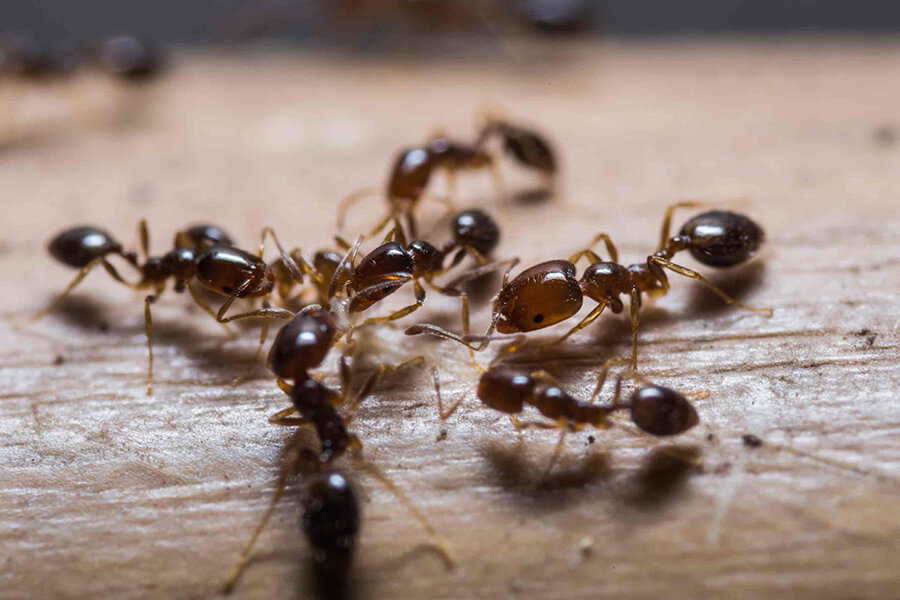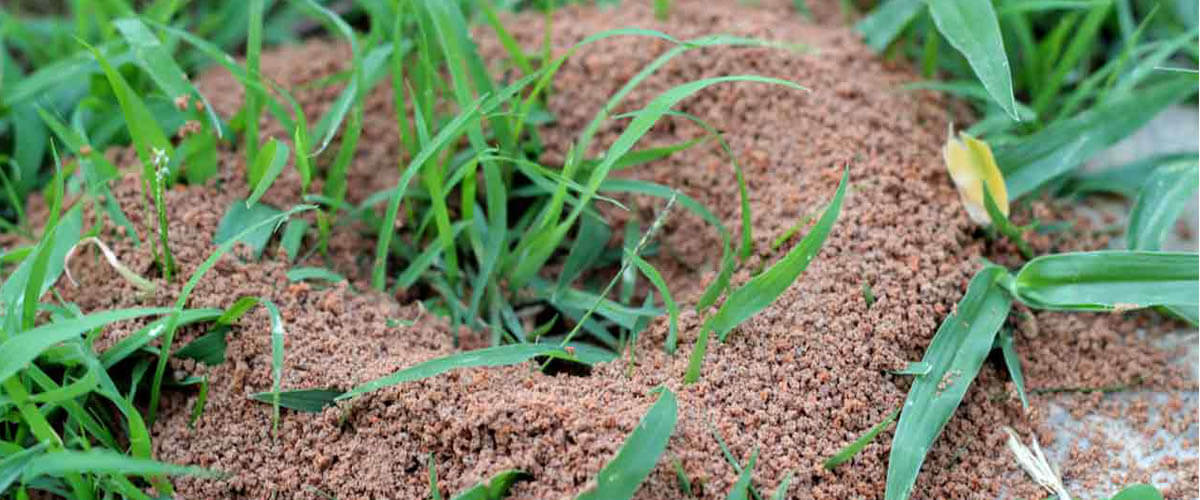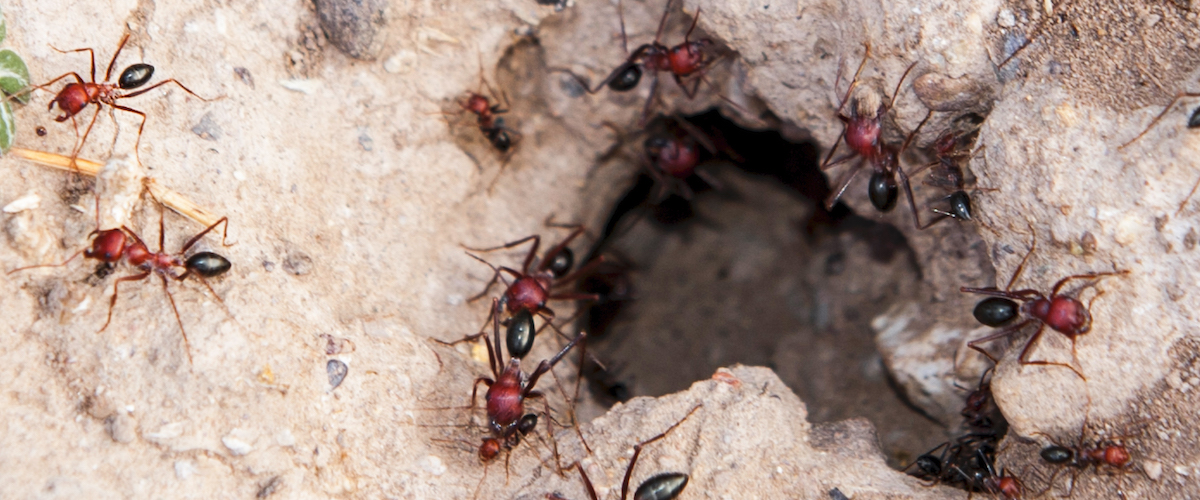How to Avoid a Fire Ant Sting
Nothing puts an end to outdoor fun like biting and stinging insects. Of all nuisance bugs, fire ants are one of the worst because of their ability to attack in large numbers, seemingly from nowhere. The good news is that fire ants do not actively seek people to attack; instead, they reserve their aggression for the defense of the colony against perceived threats. The best way to avoid painful fire ant bites and stings when enjoying the outdoors is by learning to avoid them.
GETTING TO KNOW FIRE ANTS
The most obvious signs of fire ant activity are fire ant mounds. These mounds may be up to eighteen inches tall and thirty inches across, and differ from other ant and termite mounds in that they lack entrance holes on the mounds. The ants access the colony via underground tunnels that end at ground level up to three feet or more from the mound itself. In hot, dry weather, or in the case of a young colony, the mound may be tiny or not yet constructed.
Fire ant colonies, with or without constructed mounds, are found in a wide range of soil types. Fire ants prefer a mild climate and are present mostly in the southeastern states, where moisture is consistent and plentiful. They are also found in the west and southwest to a somewhat lesser extent. Identifying individual scavenging workers can be quite difficult because they vary in size and, to a lesser extent, color (from red-brown to red-black), so look carefully for the long stinger that is only present on fire ants.
WHAT A PAIN!
Fire ants earned their name for good reason. When their mounds or entrances are compromised, they can attack in large numbers and sting repeatedly. Fire ants bite as well, grasping the skin with their mandibles to anchor themselves and better insert their stinger. The bite is of no lasting consequence, but the venom they inject through their sting is quite potent, especially in relation to their size. The stinger of the fire ant is not barbed, and an individual worker can sting repeatedly and still survive to return to its normal duties.1
To remove fire ants from skin and clothing, they must be brushed off. Merely swatting them won't help. Get to a safe location and remove any constricting clothing, such as shoes and socks, and visually inspect for ants that may be trapped in the folds of fabric or on skin.

Worker ants from a colony sting and inject a venom that can cause painful swelling and blisters.
FIRST AID
For most people, fire ant stings mean discomfort rather than danger. Each sting turns red and develops into a pustule which may cause discomfort for a few days. If bitten, apply an ice pack at fifteen-minute intervals, take an antihistamine and use an anti-itch cream, such as hydrocortisone.
In rare cases, a severe allergic reaction or anaphylactic shock can cause hives, abdominal cramping with nausea or diarrhea, tightness in the chest, trouble breathing, dizziness and swelling of the tongue or throat. These symptoms can be life-threatening. If you have an Auvi-Q or Epipen (epinephrine shot), use it. Then call 911 right away. You'll need medical attention, even if the shot worked.2
ELIMINATION
The best way to avoid fire ant incidents is to observe your yard and eliminate the threat when it appears. Apply Amdro Fire Ant Killer for Lawns to your lawn, flower garden and home perimeter for season-long control to prevent fire ants.
In areas where troublesome mounds pop up, use Amdro Fire Ant Killer for Mounds to kill individual mounds. Don't let fire ants ruin the party.
Amdro is a registered trademark of Central Garden & Pet Company.
Resources:
- The Fire Ant Sting, Mississippi State University, August 2014
- Fire Ant Stings, Varnada Karriem-Norwood, MD, WebMd, October 2014




